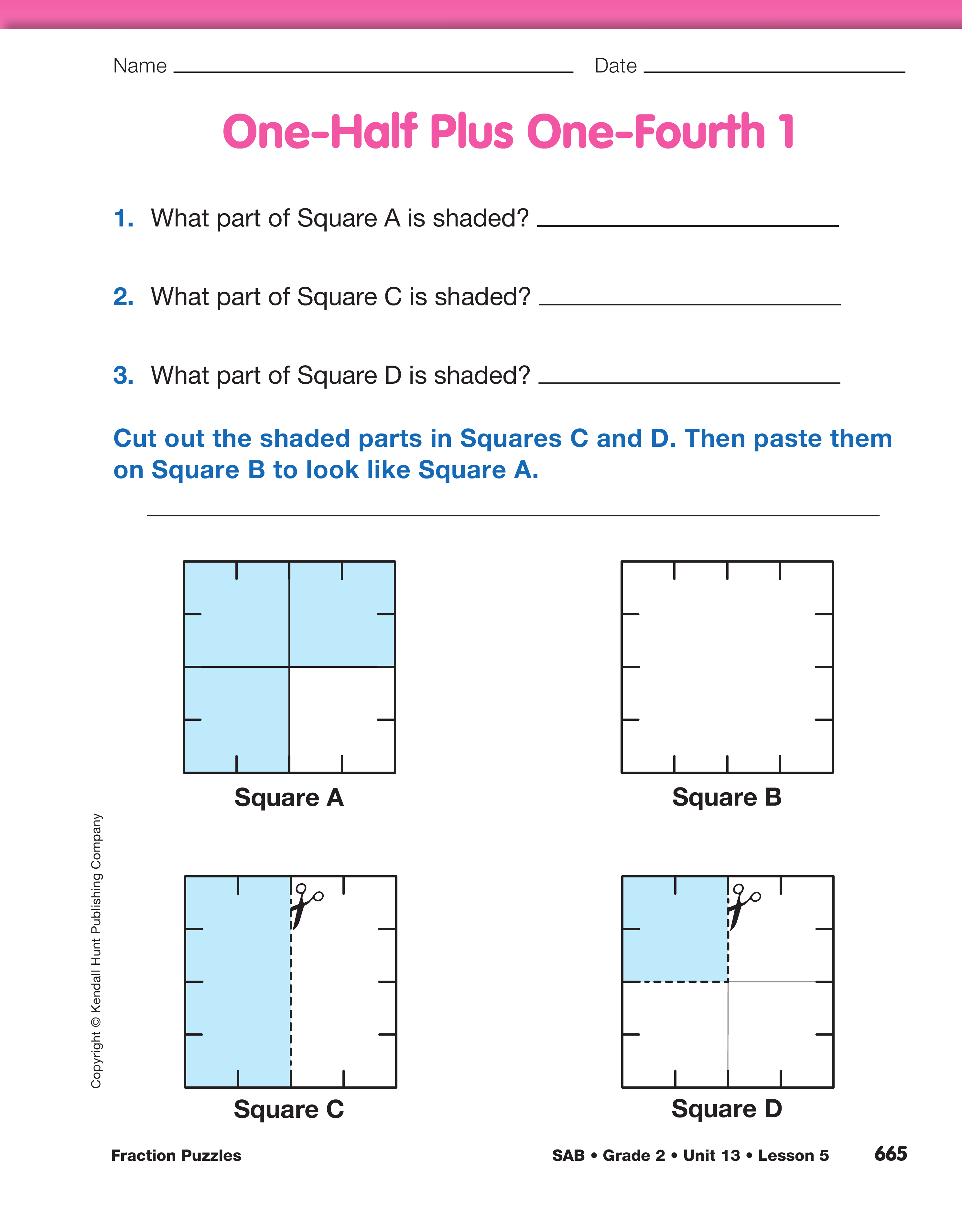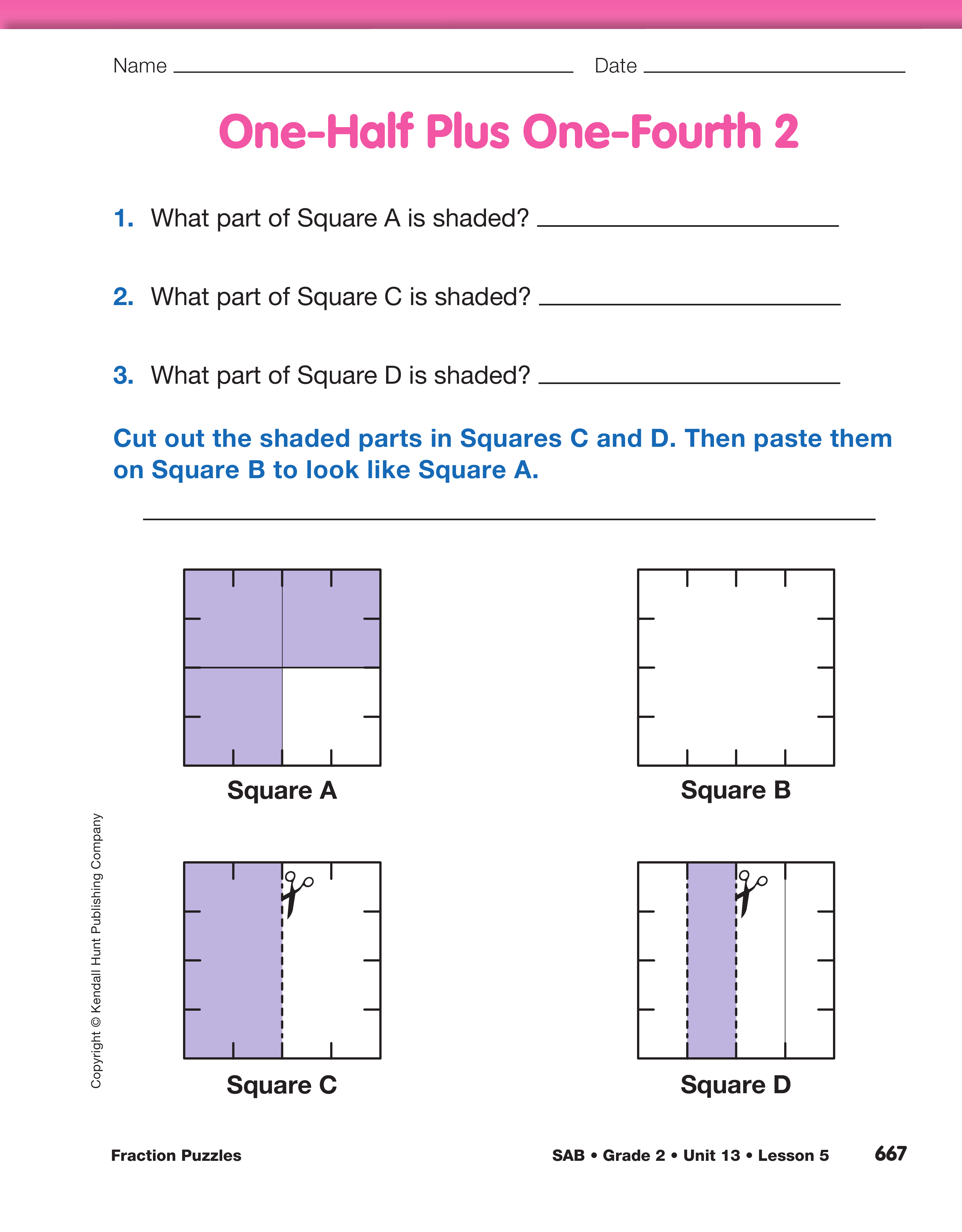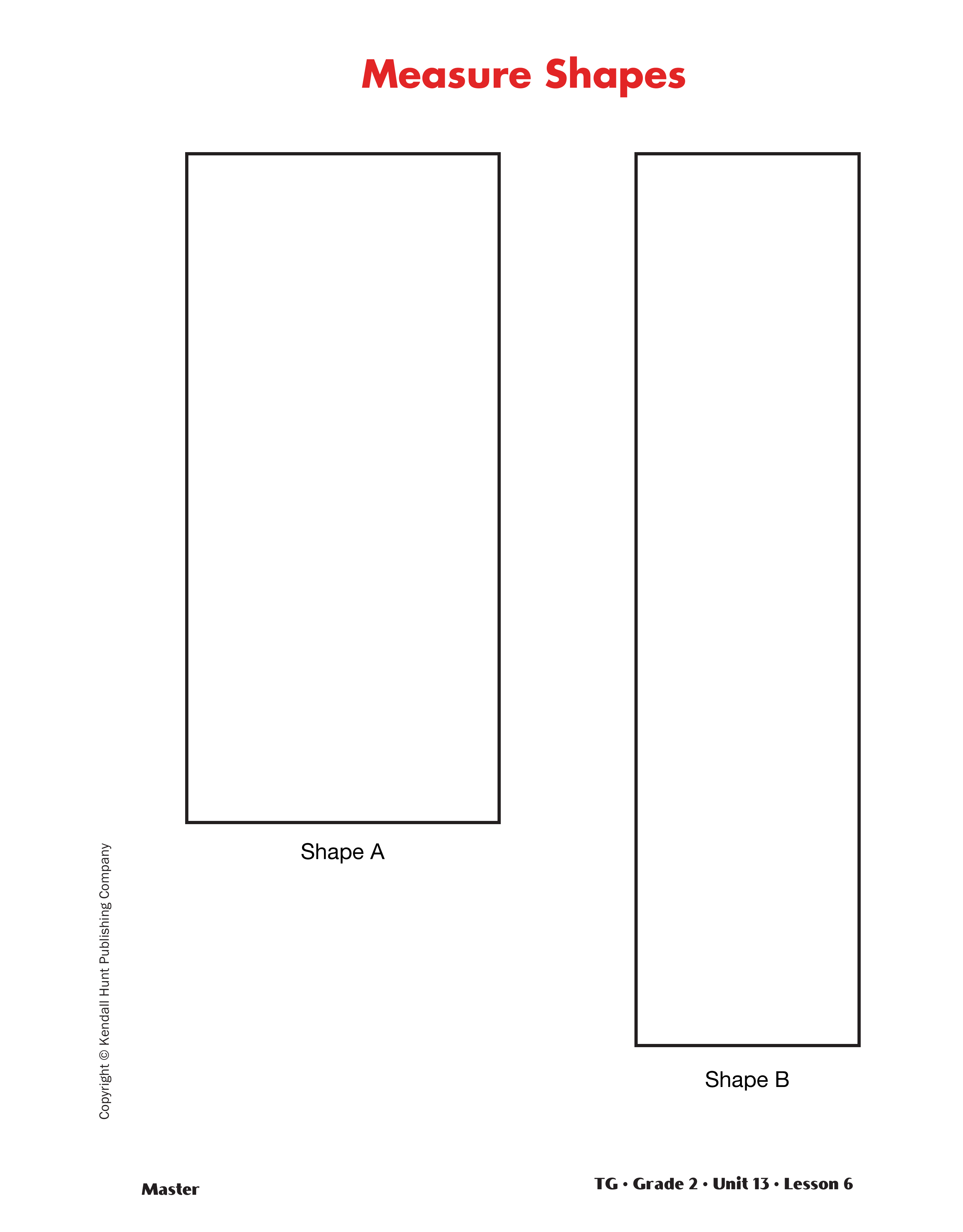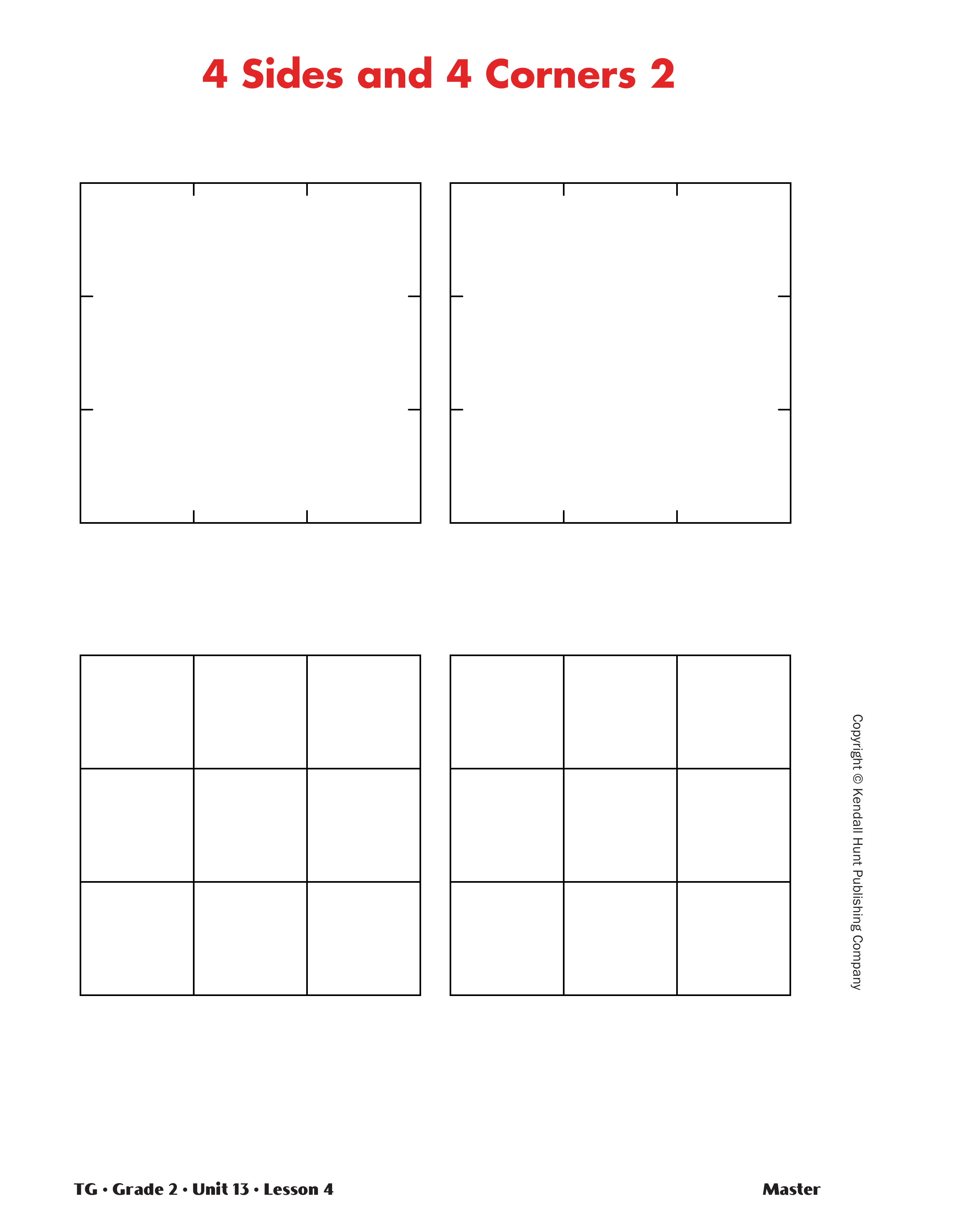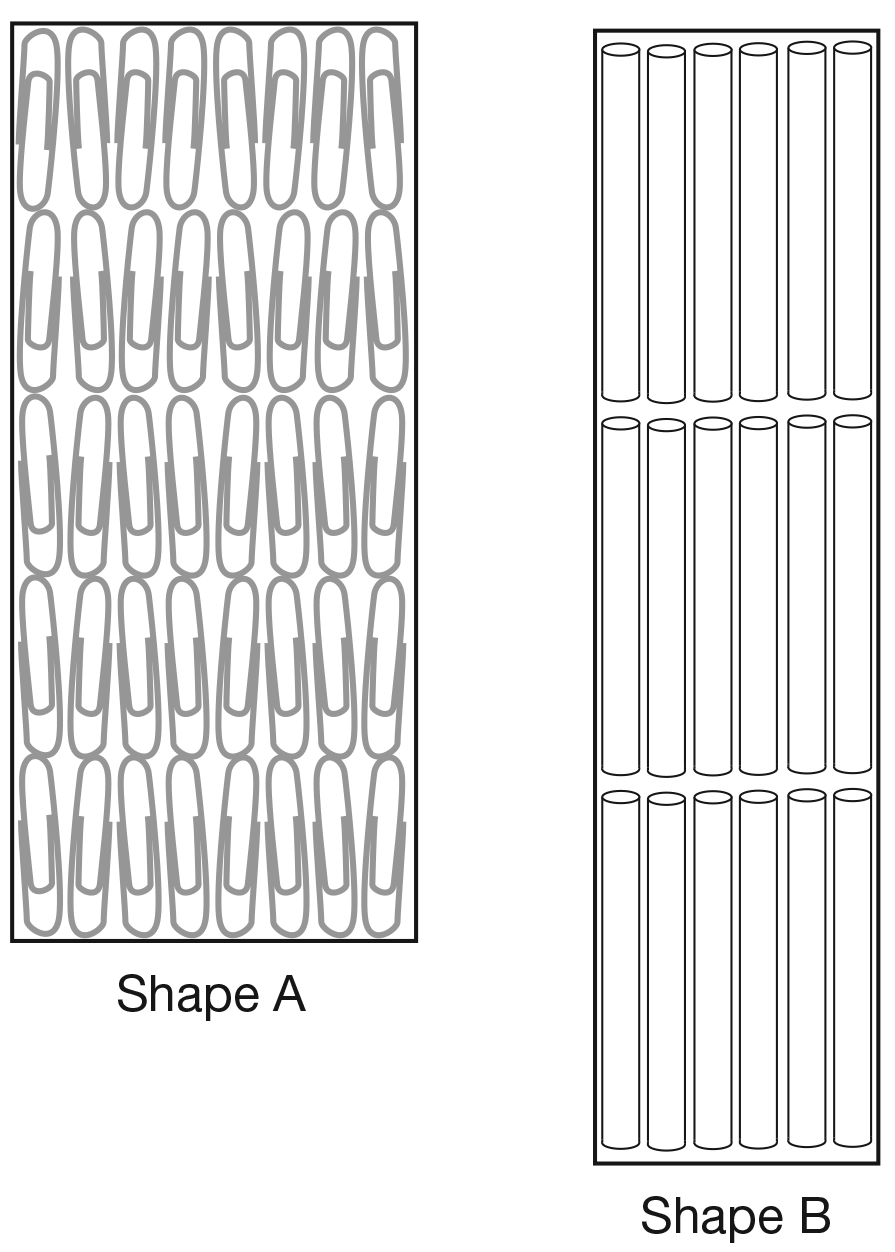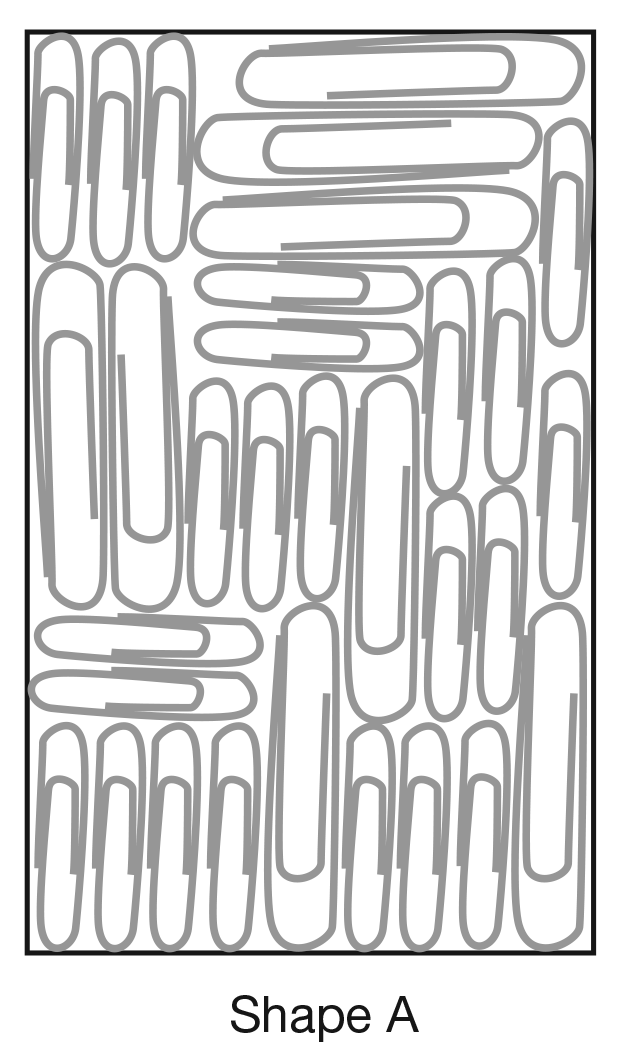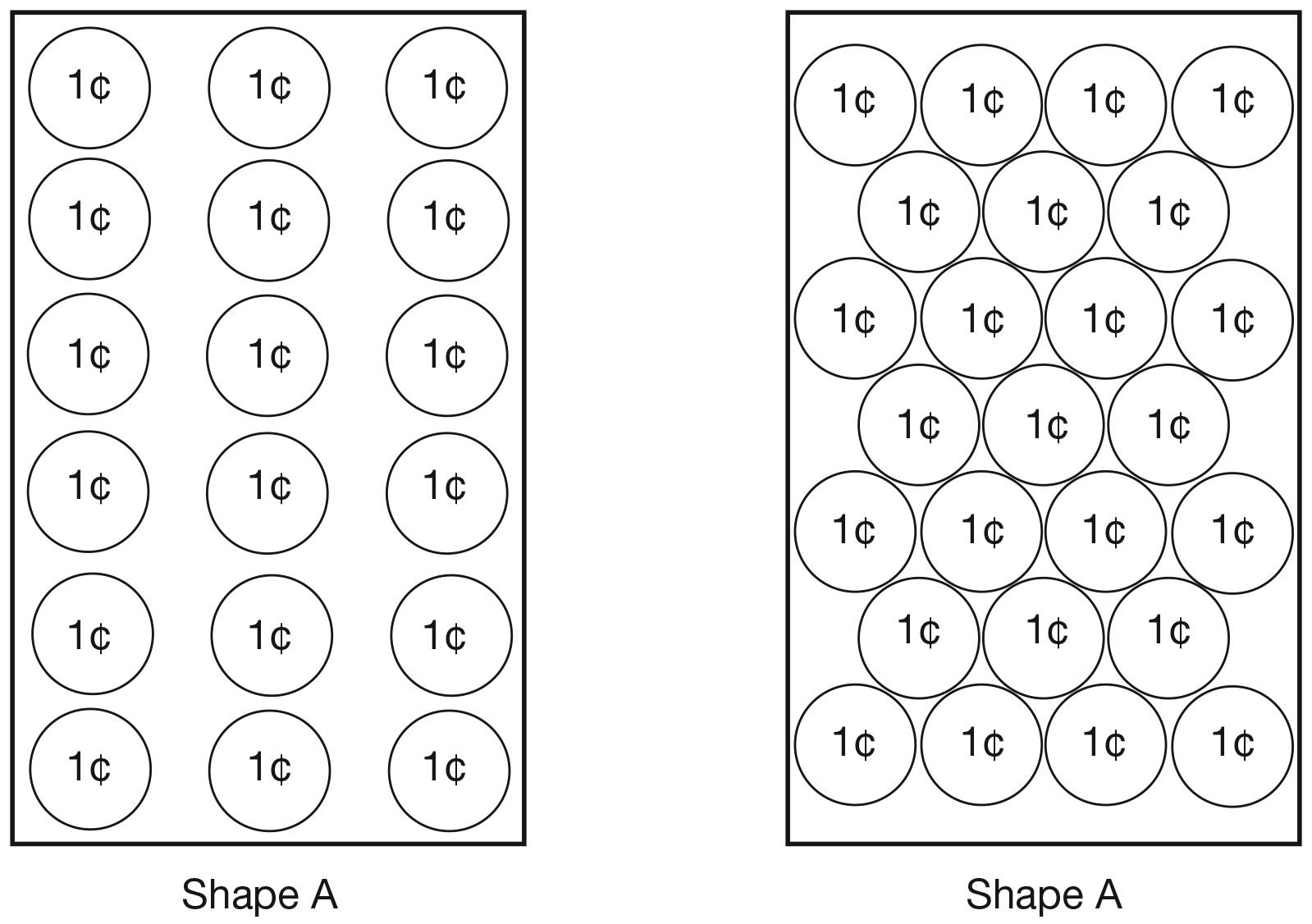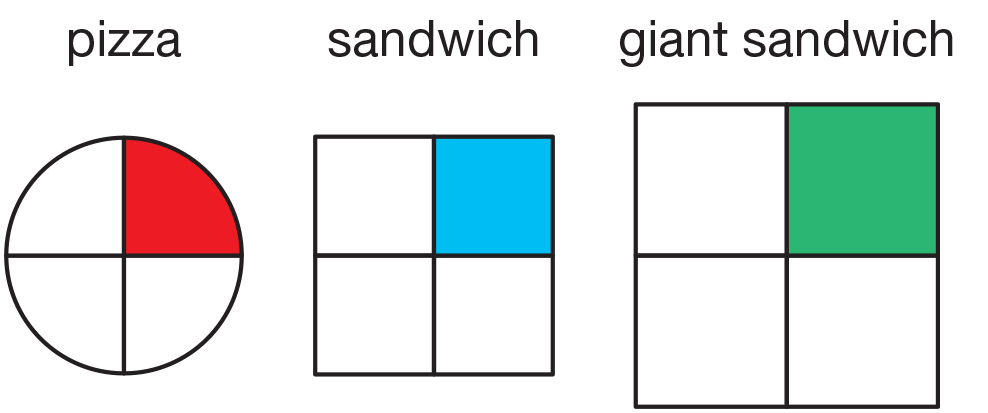Find Area
Est. Class Sessions: 2Developing the Lesson
Part 1: Choosing Appropriate Units of Measure
Measure Area. Display the Measure Shapes Measure Shapes Master that shows the outlines of two rectangles, Shape A and Shape B.
Ask:
Some students will probably mention using a ruler to measure the sides, or even the diagonals of the rectangles and using these measurements for comparison. Validate the idea of using length to measure the size of the objects. Shape B is longer than Shape A. Shape A is wider than Shape B.
Explain that another way to compare the size of the rectangles is to compare the area inside the shapes. Define area for the students as the amount of space each rectangle covers. Distinguish area measurement from measuring the length of the sides which are simply lines.
Allow time for the students to consider how they can solve this problem. Guide them to the idea that the shapes can be covered with something that will give them a basis for comparison.
Ask:
The goal of the discussion is to bring out the following four measurement concepts:
- Everyone must agree to use a single unit within a shape.
- Everyone must agree to use the same unit in each different shape.
- The size of the unit should be uniform (the same each time we use it).
- The units should cover the entire area without gaps.
Use a Single Unit. To demonstrate the first concept, fill in the area of the shape with an assortment of objects, such as erasers, coins, pencils, chalk, and paper clips. See Figure 1.
Ask:
Use the Same Unit. To demonstrate the second concept, cover Shape A using one unit, such as paper clips, and Shape B using a different and larger unit, such as chalk. See Figure 2.
Ask:
Use Uniform-Size Unit. To demonstrate the third concept, cover one shape with two sizes of paper clips (large and small). See Figure 3.
Ask:
Cover the Area without Gaps. To demonstrate the fourth concept, cover one shape with pennies, leaving gaps between them.
Ask:
Using round objects, such as pennies, can provide a good estimate of the area. Although the area will not be exact, it is still possible to compare the area of both rectangles using pennies for measurement. However, we want the students to conclude that we can get a better estimate of the full area if we place the units compactly, leaving as few gaps as possible.
Ask:
Some students might suggest covering the shape with square tiles. If it is suggested cover each shape with tiles and ask a student to demonstrate how to find the area of each shape.
You might also ask:













